Understanding Genetic Factors in Pediatric Epilepsy and Movement Disorders
This study looked at children with epilepsy and movement disorders, known as EPIMDs, to better understand their genetic causes and how these conditions present.
Pediatric epilepsy research translated for parents into normal language, including summaries about diagnosis, treatments, school, safety, and safety.
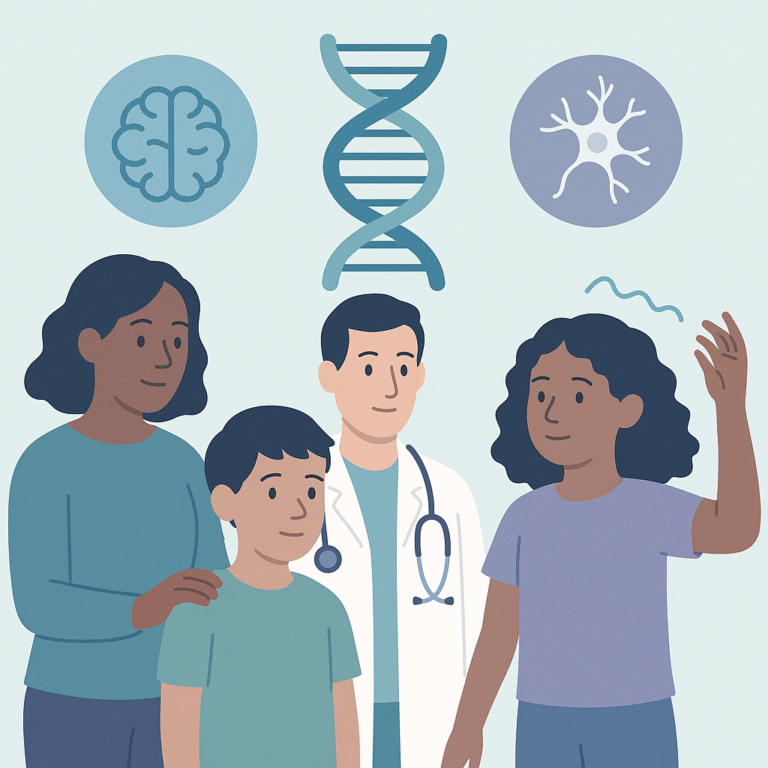
This study looked at children with epilepsy and movement disorders, known as EPIMDs, to better understand their genetic causes and how these conditions present.
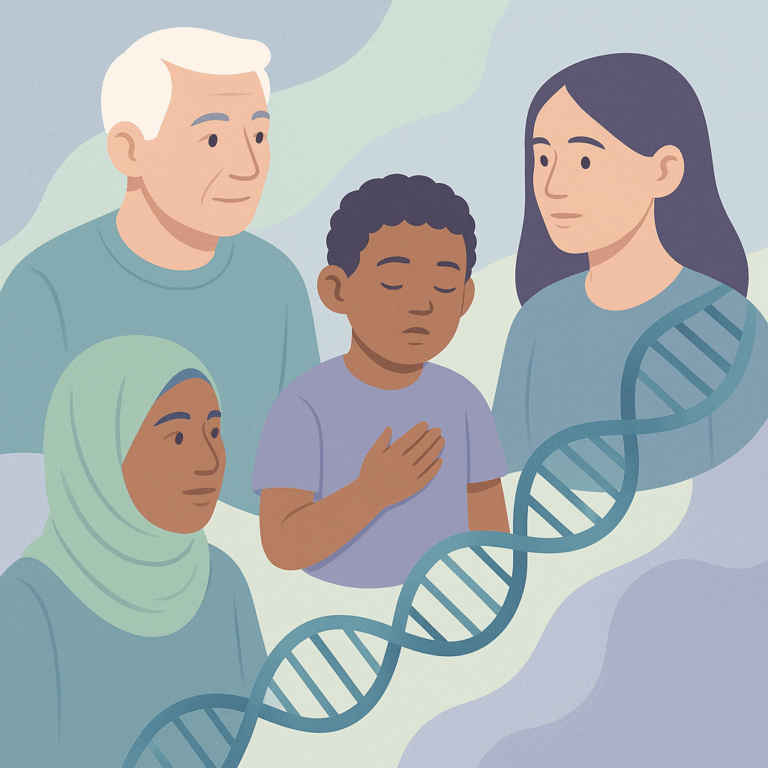
Researchers studied a gene called BAIAP2 to understand its role in developmental and epileptic encephalopathies (DEEs), which are severe forms of epilepsy that can affect a child’s development.
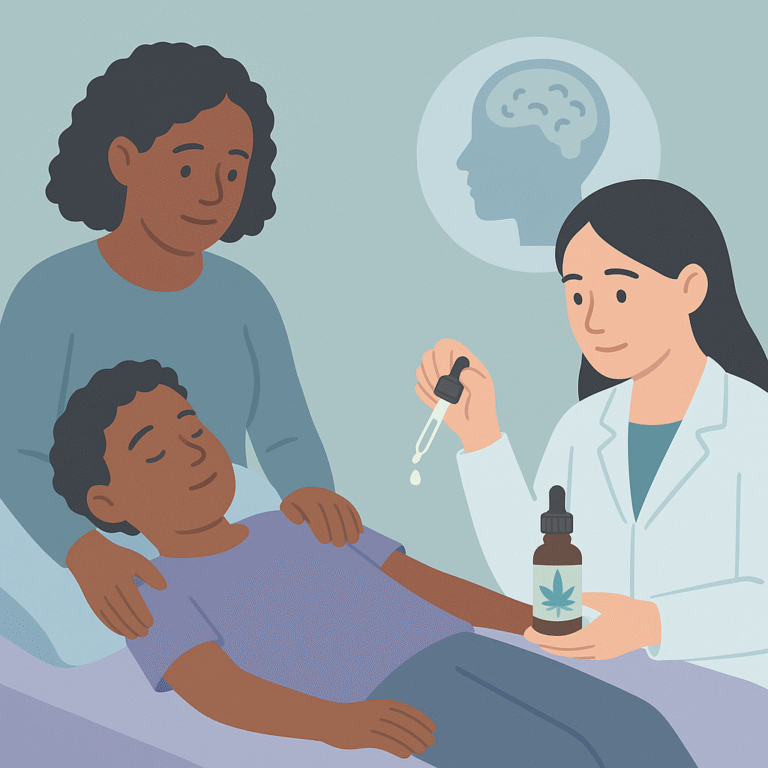
Researchers studied the use of cannabidiol, a compound found in cannabis, in children with developmental and epileptic encephalopathies (DEEs).
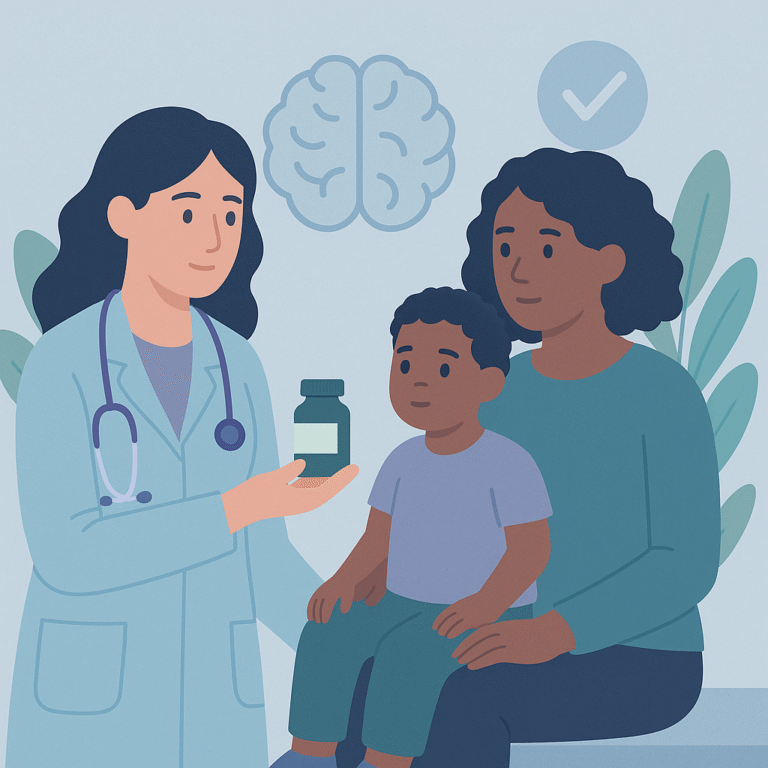
Researchers studied the use of vigabatrin (VGB) as a preventive treatment for infants with tuberous sclerosis complex (TSC), a condition that often leads to early-onset epilepsy.
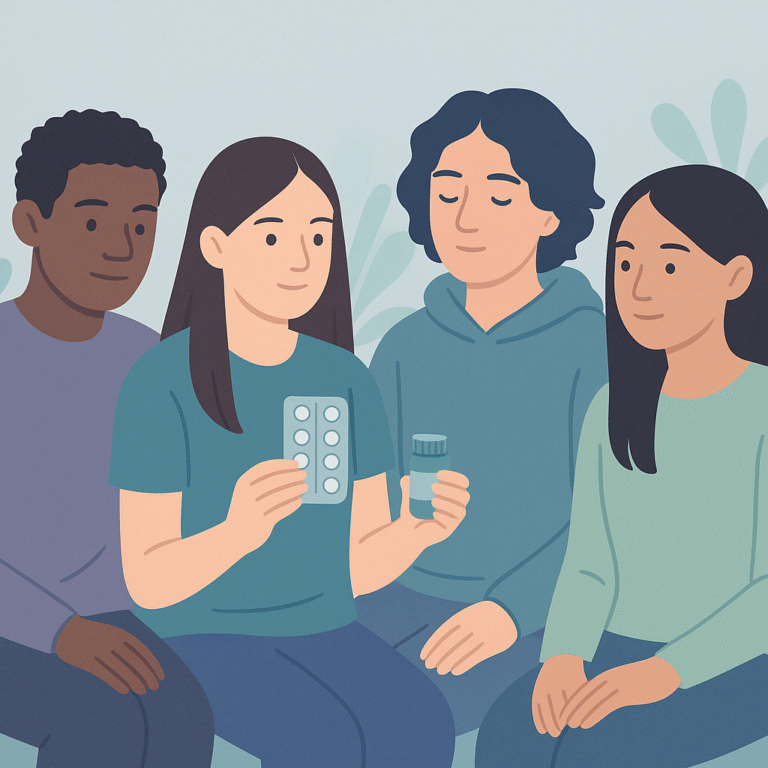
A study was conducted to examine how well a new inhalation device called Staccato® alprazolam works in adolescents aged 12 to 17 with epilepsy.

A recent study looked at how young people with epilepsy transition from pediatric to adult healthcare.
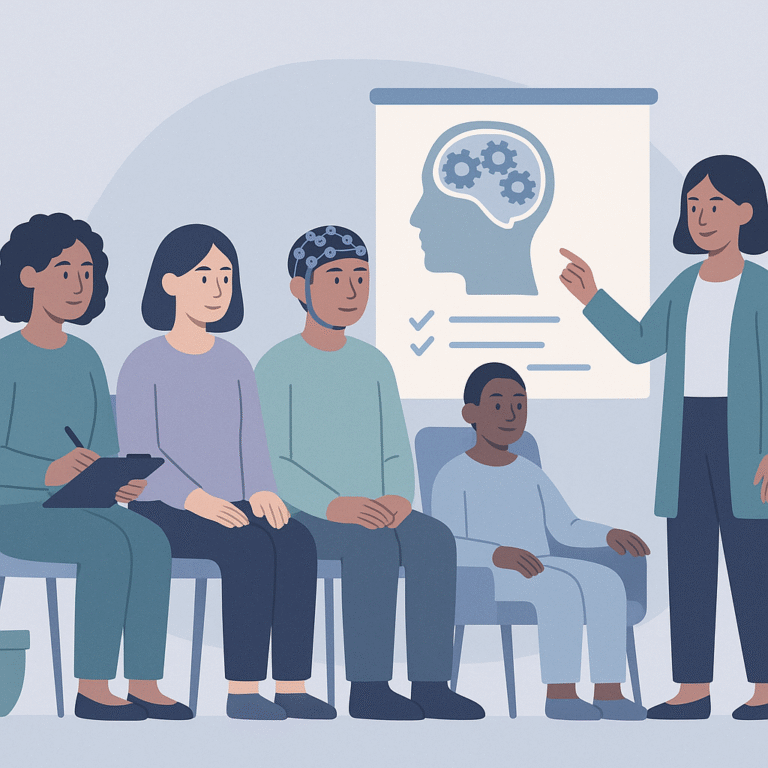
This study looked at how effective neuropsychological interventions are in improving thinking skills in people with epilepsy.
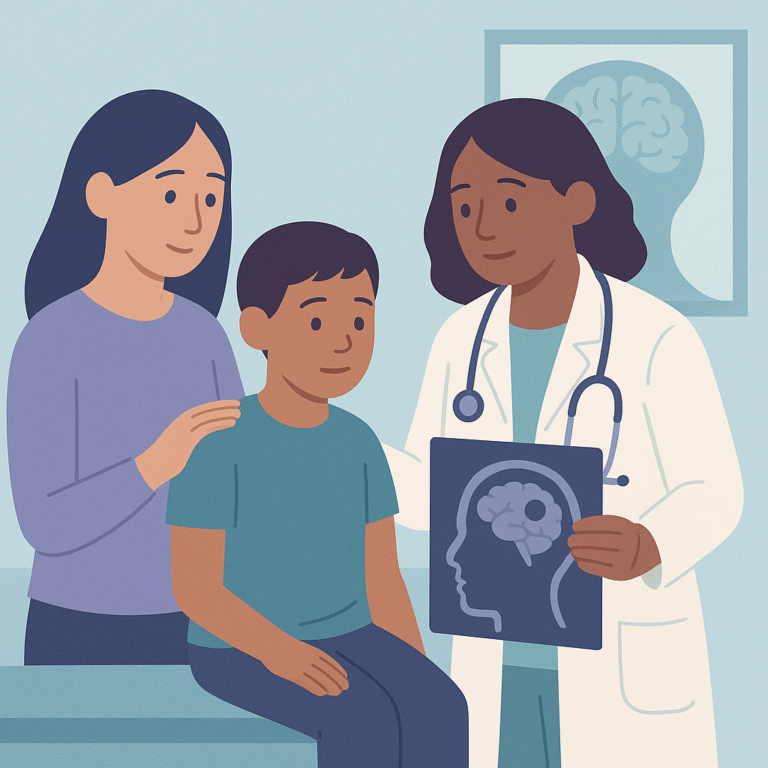
This study looked at how neurologists help children with brain tumors, from the time they are diagnosed to many years after their treatment.
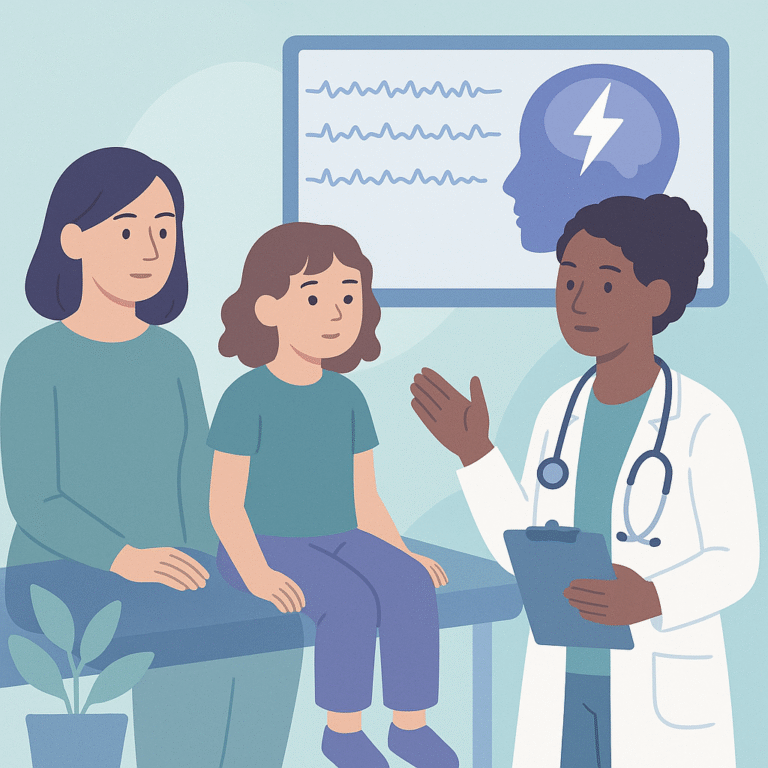
This study looked at different types of interventions aimed at helping children with epilepsy, focusing on service delivery, behavioral therapies, and self-management techniques.